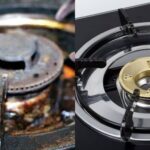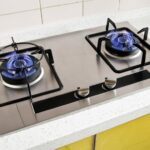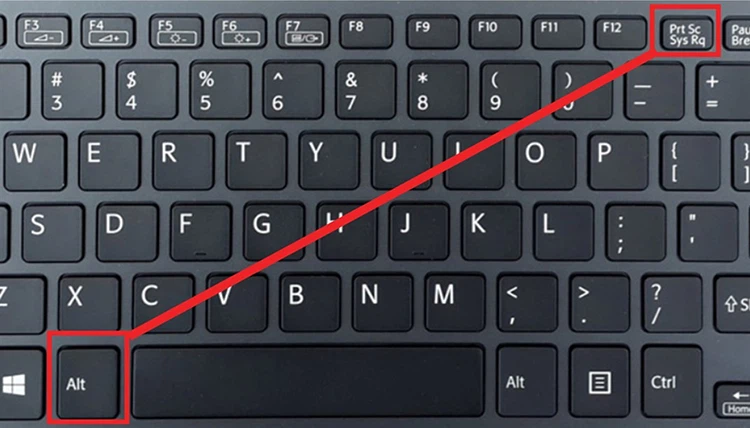This gas stove is an ideal choice for large families, frequent cooks, or restaurants that require bulk food preparation. Its standout feature is the time-saving efficiency it brings to cooking.
Previously, some of my friends boldly purchased multi-burner stoves. At the time, I thought they were quite wise. However, when I checked in with them this year, they all echoed the same sentiment: “We regret it!” The reasons behind this regret stem from the following drawbacks of multi-burner gas stoves:
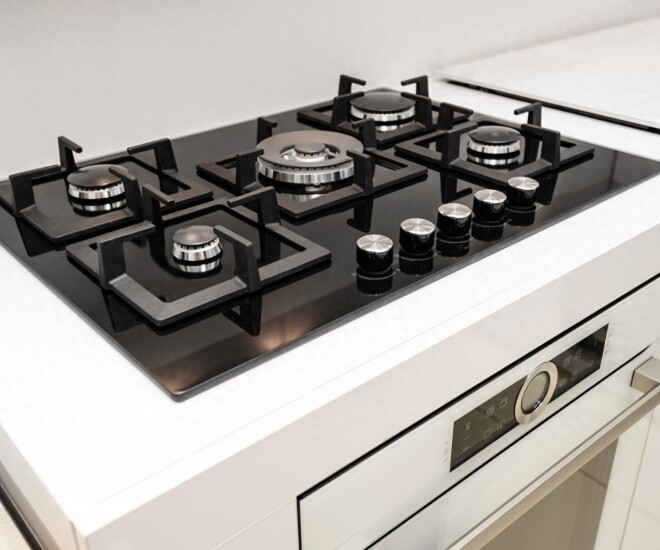
1. Lack of High Firepower
Stir-fries and soups often require high heat and larger flames compared to other dishes. A stove with strong firepower is essential for quick cooking, preserving the freshness of ingredients, and easily adjusting temperatures for high-heat stir-fries or rapid sauce reduction.
However, multi-burner stoves cannot match the firepower of dual-burner stoves due to technical limitations in the gas supply system. Typically, household gas meters allow a flow rate of around 4m³/h, equivalent to 16kW of thermal power.
Dual-burner stoves, with each burner reaching a maximum of 5.2kW, total 10.4kW, which is well within the gas meter’s capacity. However, a three-burner stove, with each burner also at 5.2kW, totals 15.6kW, nearly reaching the maximum limit.
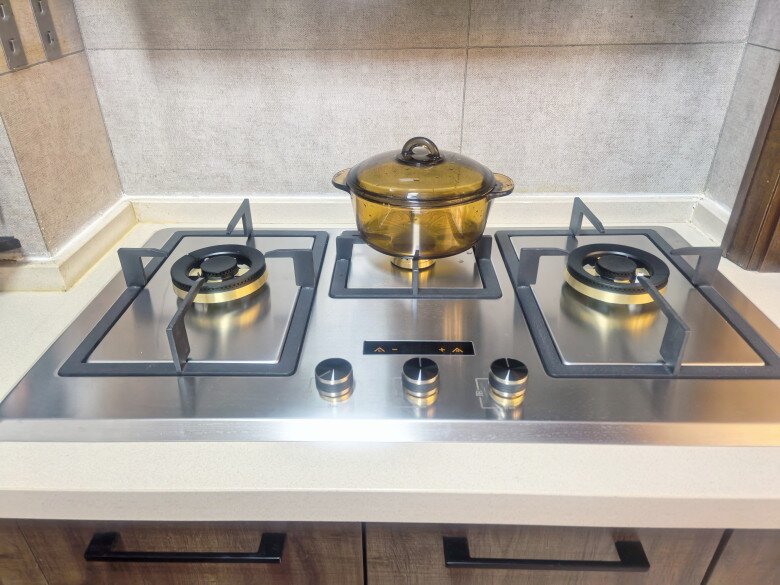
2. Uneven Power Distribution
Due to the gas flow limitations, multi-burner stoves are not typically designed with each burner reaching 5.2kW like dual-burner stoves. Even if manufacturers claim their stoves are powerful, the actual performance often falls short of expectations.
Additionally, multi-burner stoves usually have uneven power distribution. Only one burner is designed for high-heat cooking, while the others are suitable only for simmering, stewing, or slow cooking. This makes the auxiliary burners less useful, especially for the fast-paced cooking style common in Asia.
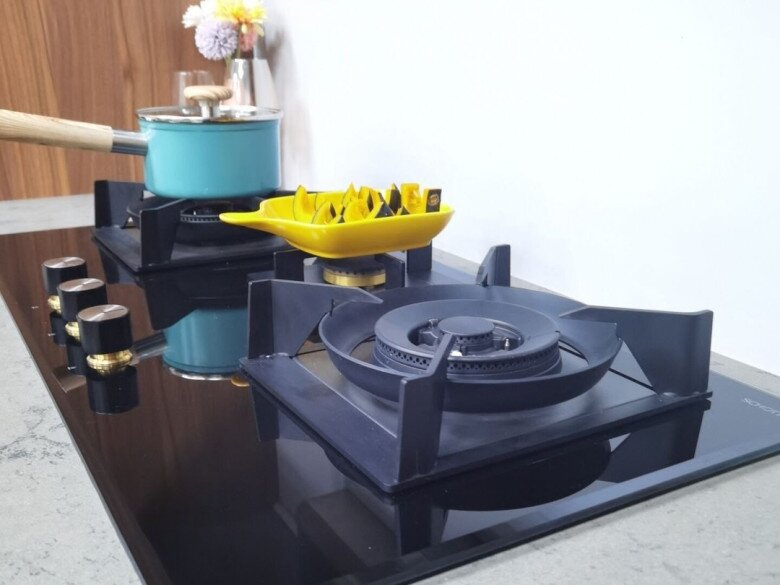
3. Incompatible with Asian Cookware
Another often-overlooked factor is the difference in cookware between Eastern and Western cuisines.
Western dishes typically use boiling pots or flat frying pans of moderate size. Many Western households don’t even own a wok. In contrast, a wok is an indispensable tool for Asian cooking.
Importantly, woks occupy a large area! If you browse international e-commerce sites or major kitchenware brands, you’ll find that the best-selling woks abroad are usually 28–30cm in diameter. In Asian countries, the most common wok size is 30cm or larger, with 32–34cm being standard, and some households even use 36cm woks.
The reason is simple: Asian cuisine involves “true stir-frying,” meaning a large amount of ingredients are placed in the wok and constantly stirred, flipped, and tossed. A smaller wok would cause ingredients to spill out with every stir.
The large size of woks requires specific stove designs. Dual-burner stoves can accommodate two large woks side by side, allowing for comfortable stirring and flipping without interference.
Multi-burner stoves, despite having more burners, are only suitable for smaller pots. When a large wok is placed on them, the burners become cramped, making it difficult to maneuver and impossible to properly toss the wok, which is essential for Asian cooking.
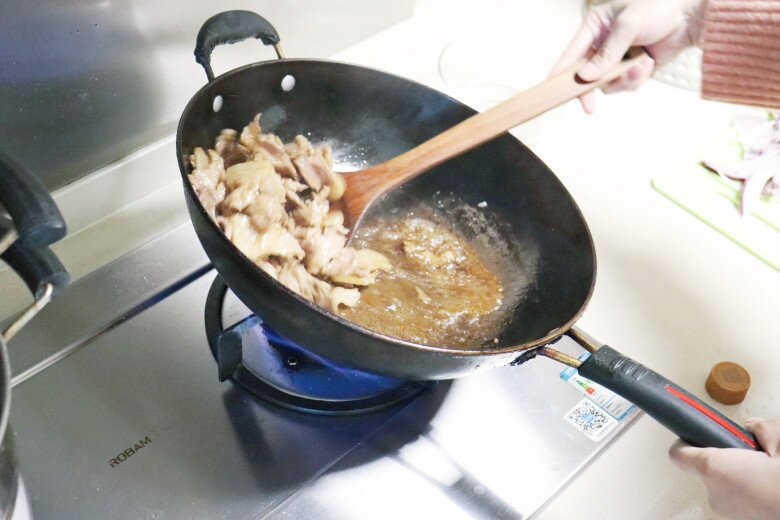
4. Incompatibility with Range Hoods
Not only are gas stoves tailored to local markets, but range hoods (smoke and grease extractors) are as well, and interestingly, they are designed to work together seamlessly.
Typically, dual-burner gas stoves have a rectangular shape, measuring around 720mm – 750mm in length. Range hoods are slightly larger, ranging from 750mm – 900mm.
This design has a purpose. The larger size of the range hood ensures it effectively covers the cooking area. When cooking, smoke and grease are contained within the hood’s range, preventing them from spreading.
Since dual-burner stoves have two burners, range hoods are designed accordingly, either with two separate extraction points or a central extraction point with a surrounding mesh. This ensures smoke is immediately extracted, improving air quality in the kitchen.
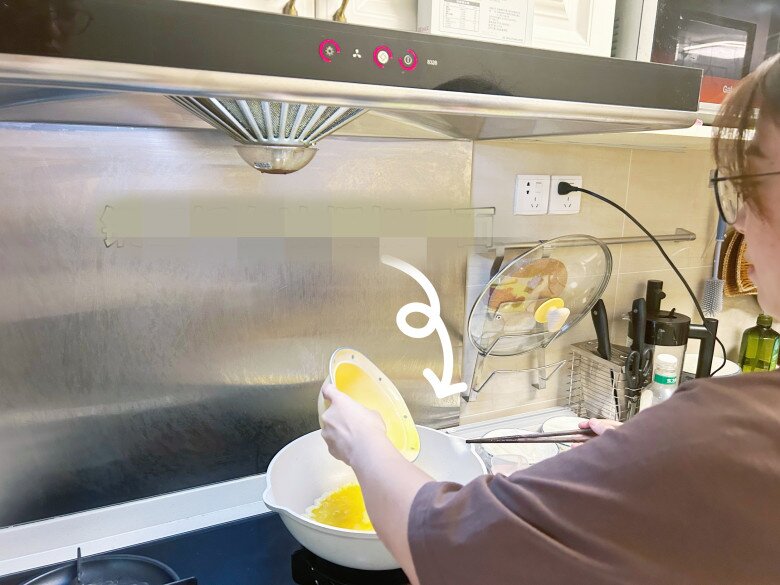
Multi-burner stoves, however, are not compatible. Their shape and layout vary, with options like three, four, or even five burners arranged in different patterns (square, L-shaped, horizontal…). This makes it difficult for range hoods to cover the entire smoke-generating area, significantly reducing extraction efficiency.
In Western kitchens, where dishes are less oily and smoky, the demand for powerful range hoods is lower. Many Western kitchens don’t even have range hoods or use low-capacity models.
However, Asian cuisine, especially stir-fries, frying, and sautéing, produces a lot of smoke and grease. If not extracted immediately, the smoke and grease spread throughout the kitchen, leaving odors on clothes, curtains, and appliances.
When using multi-burner stoves for Asian cooking, this issue becomes more severe. Standard range hoods struggle to keep up with the smoke and grease from multiple burners simultaneously, especially in a larger cooking area.

























